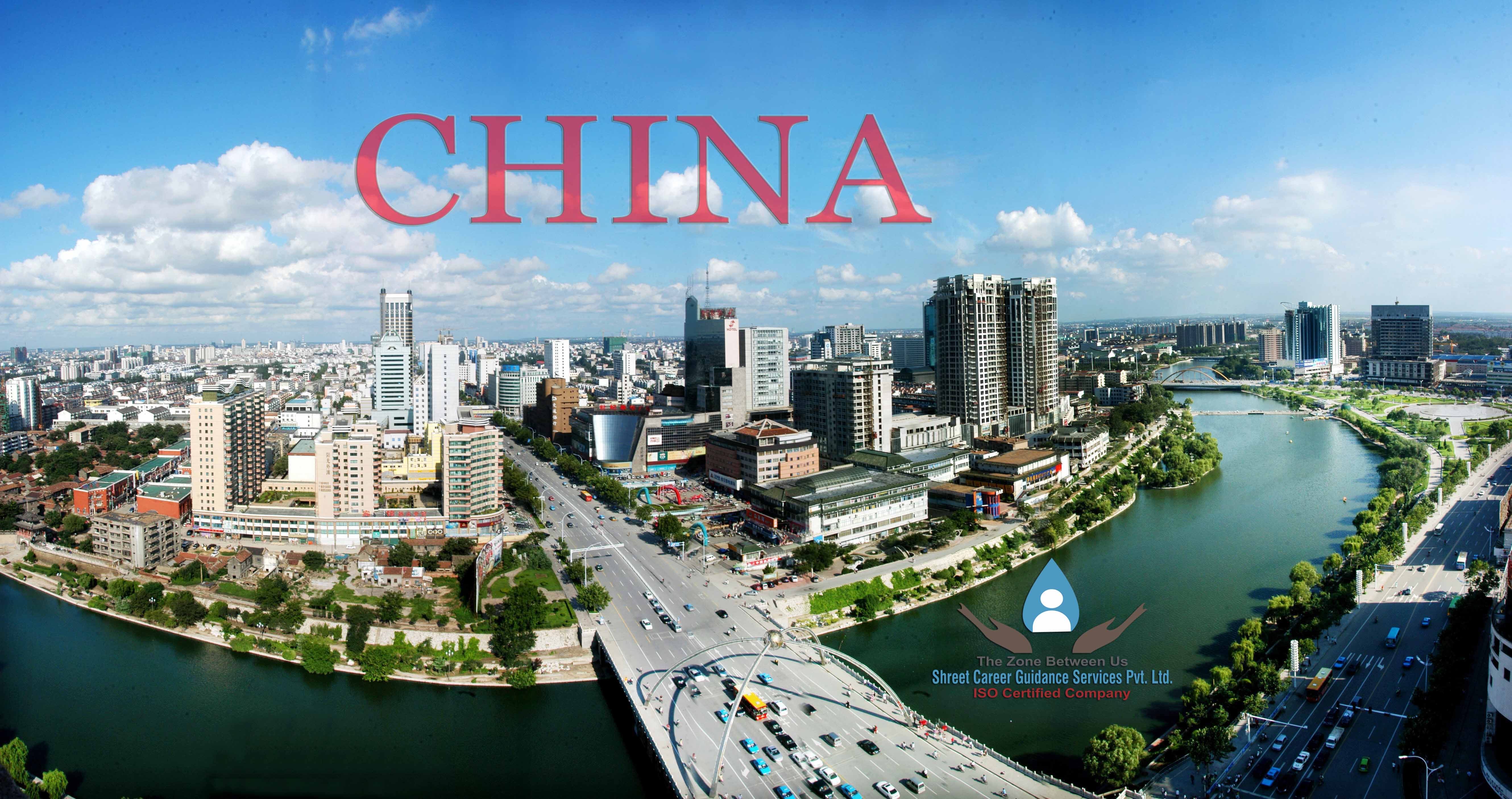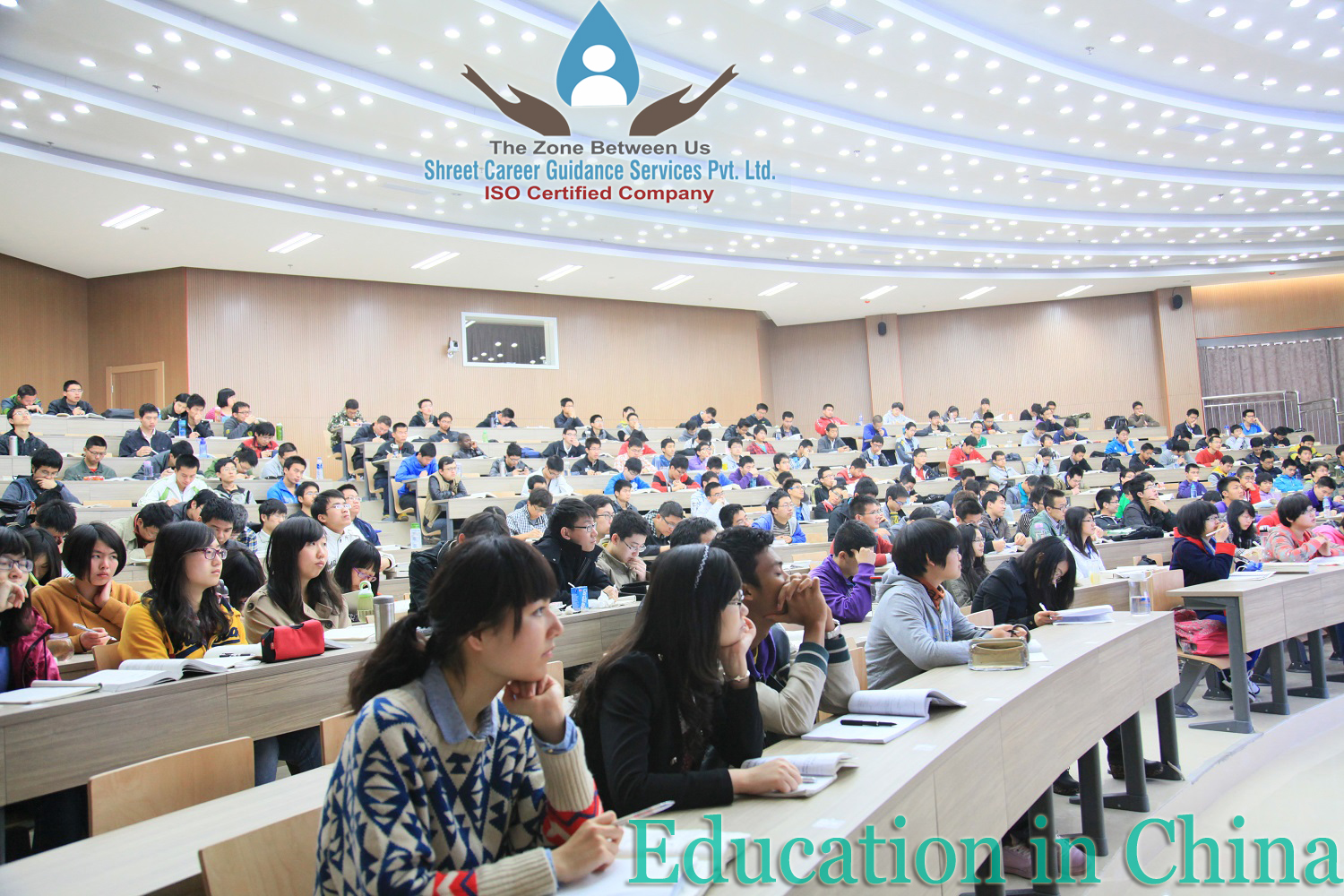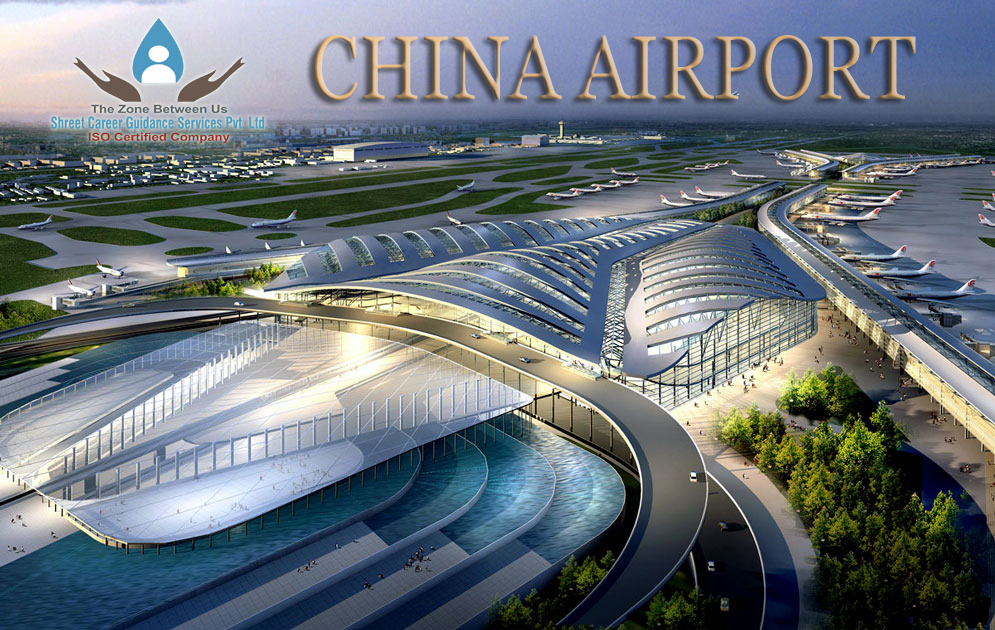LIVING AND STUDYING IN CHINA

About China
Among the major countries of the world, China is almost as large as the whole of Europe and is excelled in area by only Russia and Canada. Beijing (Peking), the capital of the People’s Republic, is also the cultural, economic, and communications center of the country. Shanghai is the main industrial city and Hong Kong is the leading commercial center and port.
The country is bounded by Mongolia to the north; Russia and North Korea to the northeast; the Yellow Sea and the East China Sea to the east; the South China Sea to the southeast; Vietnam, Laos, Myanmar, India, Bhutan, and Nepal to the south; Pakistan to the southwest; and Afghanistan, Tajikistan, Kyrgyzstan, and Kazakhstan to the west.
In addition to the 14 countries that border directly on it, China also faces South Korea and Japan, across the Yellow Sea, and the Philippines, which lie beyond the South China Sea.

Geography
The diversity of both China’s terrain and its climate has presented one of the world’s widest ranges of ecological diversity filled by a large number of plant and animal species.
China has 34 provincial-level administrative units:
Twenty-three provinces includes: Hebei, Shanxi, Liaoning, Jiiin, Heilongjiang, Shaanxi, Gansu, Qinghai, Shandong, Jiangsu, Zhejiang, Anhui, Jiangxi, Fujian, Taiwan, Henan, Hubei, Hunan, Guangdong, Sichuan, Guizhou, Yunnan, Hainan
Five autonomous regions: Inner Mongolia, Ningxia, Xinjiang, Guangxi, Tibet
Four municipalities: Beijing, Shanghai, Tianjin, Chongging
Two special administrative regions: Hong Kong, Macao
Economy

China is the world’s second largest economy and the world’s largest economy by purchasing power parity. China is the world’s largest manufacturing economy and exporter of goods. It is also the world’s fastest-growing consumer market and second-largest importer of goods. It is the largest trading nation in the world and plays a prominent role in international trade.
Education
As one of the strongest developing countries with a strong economy, China has great advantages to attract foreign students: affordable tuition, considerable scholarships, priorities on education and technology, modern facilities and profound Chinese culture.
The number of foreign students studying in China has grown from about 61 thousand to 489 thousand growing each year about 10%. Those foreign students are mainly from South Korea, Thailand, Pakistan, America, India, Russia, Japan, Indonesia, Kazakhstan and Laos.
China has 2914 higher education institutions, including 1342 universities, 265 independent colleges and 283 higher education institutions.

Climate
With such a large territory, there are several kinds of climate, temperate continental climate, temperate monsoon and subtropical monsoon in China.
Generally speaking, China is hot in summer and cold in winter, but specific temperature may be different in different regions. Spring and summer are rainy season, giving plenty rainfalls, which are an important source for China’s freshwater resources.
Language
Chinese (Putonghua or Mandarin) is the official language of China, and it is also the most used language in the world. Local people may use dialects or Chinese, but in written course, only Putonghua is used which is also one of the five working languages designated by the United Nations.
In China, there are over 80 dialects, such as Wu, Guangdong and Fujian dialects.
People

China is a multinational country, with a population composed of a large number of ethnic and linguistic groups. The Han people make up 91.02 percent of the total population, and the other 55 national minorities are spread over approximately three-fifths of the country’s total area.
It is only after you have traveled to China that you will learn that Chinese people are more friendly and hospitable than you perceived.
Chinese people are peace-loving and glad to make friends with foreigners regardless of countries and race.
Chinese people especially younger generations have learned English which is a compulsory course since primary school and would be happy to chat with you, giving you information you need, and knowing things about you and your country. The elder people would also be glad to show you their hospitalities, even if they can’t understand English.
Safety
Many major cities in China and those public police stations near famous tour sites have special English service as an effective support in dealing with foreign cases and many police are fluent with English.
China is one of the safest countries, with a low capital crime rate in the world. Though China has a large population of over one billion, it is much safer than most countries.
In China, night life is a big part of people’s living, and they usually hang out in nights for a meal or for recreation. It is safe for someone to hang out, even in nights.
Millions of security surveillance cameras are installed for the public’s safety and enforcement, there are millions of public security police, and offices of public security police are distributed in every district.
Currency
The official currency of the People’s Republic of China is the Renminbi often abbreviated as RMB. The base unit of this currency is the yuan (元), international currency code CNY. All prices in China are given in yuan, usually either as ¥ or 元. 10 jiao is 1 yuan .
ATMs are available nationwide. Most ATMs outside the large cities that accept Cirrus, PLUS, VISA and MasterCard-affiliated cards are owned by Bank of China or the Industrial and Commercial Bank.
How to reach China

The main international gateways to mainland China are:
-
Beijing Capital International Airport-
Located 25 km northeast from the center of Beijing, the capital of China Beijing Capital International Airport has the largest number of international routes especially from North America and Europe. It has English signs to guide passengers and you can easily travel between downtown Beijing and the airport via the Airport Express train.
-
Shanghai Pudong International Airport-
Located in Pudong New Area, about 30 km to the east of the center of Shanghai, Shanghai Pudong International Airport is the second busiest airport in China and has the second largest number of international routes in China. Being one of the three main air hubs in China the Airport has direct routes from almost all major cities in China.
-
Hong Kong International Airport-
Located on the island of Lantau, Hong Kong International Airport is one of Asia’s major transportation hubs and services most of the countries in the region. Being adjacent to mainland China, Hong Kong International Airport has flights from many cities throughout China. One can travel from Hong Kong to Guangzhou by bullet train in just one hour and from Hong Kong to Guilin in about 3.5 hours.
-
Guangzhou Baiyun International Airport-
Located about 30 km to the south of Guangzhou city center, Guangzhou Baiyun International Airport is one of the three major international airports in mainland China. It offers a larger number of flights from Australia and New Zealand. Guangzhou Baiyun International Airport is also a major hub for domestic flights.
-
Chengdu Shuangliu International Airport-
Located in Chengdu city in Sichuan province, Chengdu Shuangliu International Airport is the busiest aviation hub in mid-west China and the biggest transit gateway to Gonggar Airport in Lhasa. Chengdu is geographically closer to Europe, making it a good gateway for European travelers whose China trip includes a visit to Chengdu, Tibet, or other areas near Chengdu.
-
Kunming Changshui International Airport-
Located in Kunming, an important center in southwest China; Kunming Changshui International Airport operates routes from countries in Southeast Asia and South Asia.
Almost every sizable city will have an international airport, but options are usually limited to flights from Hong Kong, neighboring countries such as South Korea and Japan, and sometimes Southeast Asia.
Major domestic airlines include Air China, China Southern, China Eastern, Hainan Airlines, and Xiamen Airlines.
Getting around

-
By Flight
Flights connect all the major cities and tourist destinations. Airlines include the three international carriers: Air China, China Southern and China Eastern, as well as regional ones including Hainan Airlines, Shenzhen Airlines, Sichuan Airlines and Shanghai Airlines
-
By train
Train travel is the major mode of long-distance transportation for the Chinese. Their extensive and rapidly expanding network of routes covers the entire country.
-
By bus
Travelling by public city buses or long-distance buses is inexpensive and ideal for in-city and short-distance transportation.
On city buses there are plastic seats, many people, no English signs and unhelpful drivers.
-
By subway
Cities such as Beijing, Tianjin, Shanghai, Guangzhou, Shenzhen, Wuhan, Shenyang, Xian, Chengdu and Nanjing have subway systems.
Chongqing has monorail systems.
Xiamen has a system of bus-only roads for bus rapid transit, mostly elevated.
Generally these are modern, clean, cheap and efficient, and virtually all station signs, train signs, and ticket machines are bilingual in both English and Chinese with bi-lingual staff members.
Therefore, the subway might be the easiest way to travel through the city for a non-Chinese speaker.
-
By taxi
Taxis are generally common, and reasonably priced in China. In most situations, an ordinary trip within the city costs between ¥10 and ¥50.There is no extra charge for luggage but night fares are higher. Tips are not expected.
China is too large a country to realistically explore in one trip; most travelers should plan multiple trips if they hope to see a broad spectrum of the nation.

We are top study abroad education consultants who have been assisting medical aspirants to study MBBS abroad /MBBS in China at MCI approved government medical colleges of international recognition at very reasonable costs and carve out a niche path for themselves by becoming a qualified Doctor.
For more details contact:
 SHREET CAREER GUIDANCE SERVICES Pvt. Ltd.
SHREET CAREER GUIDANCE SERVICES Pvt. Ltd.
TollFree:18002744466
Mob: +91 81738 72222
www.shreetguidance.com


Leave a Reply
You must be logged in to post a comment.